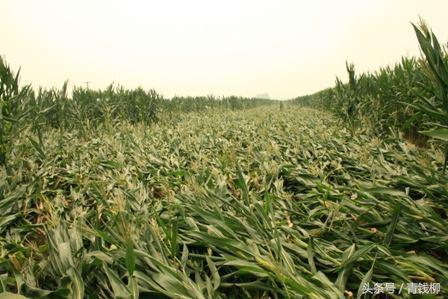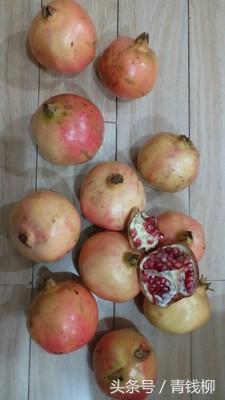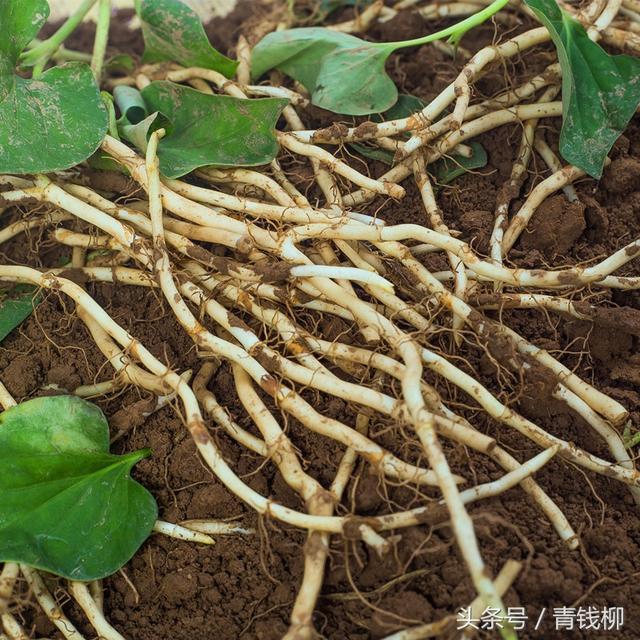The types, harm and Control measures of Maize lodging

The types, harm and Control measures of Maize lodging
1 the types and harm of maize lodging
Maize lodging refers to the breaking or tilting of corn stalk internodes. There are three situations: stem lodging, root lodging and stem inversion. The lodging of the stem is that the stem grows slender, the plant is too high, the strength of the mechanical tissue at the base is poor, and the stem is tilted in case of storm. Root lodging is root dysplasia, too much irrigation and Rain Water, and lodging with high inclination caused by wind. Stem inversion is mainly caused by rapid growth before heading, tenderness of stem tissue, harm of diseases and insect pests, and stem break caused by wind. The effect on yield from small to large is stem lodging, root lodging and stem folding. If it is light, the output will be reduced by 10% to 20%, seriously up to 50%, or even no harvest.
2 the cause of maize lodging
2.1 the selection of varieties is unreasonable. Select varieties with poor lodging resistance, underdeveloped plant roots, tall plants, thin straw, high ear position, and small stem hardness. When there is continuous rain, such varieties lodge when there is a strong wind.
2.2 the planting density is unreasonable. In the normal year, under the condition of sufficient fertilizer and water, high density can increase the yield, but because the row spacing is too small, the crowding degree between plants is large, the situation of excessive length of maize stalk is also serious, and the canopy density in the field is too large, which leads to the slender stalk node of corn. In case of strong wind, it is very easy to cause stem collapse or stem fracture.
2.3 reasons for field management. Excessive fertilization at jointing stage makes maize grow more prosperous, resulting in slender stem nodes, which is easy to cause lodging; excessive growth before heading, tender and weak stem tissue, and break in case of wind. Partial application of nitrogen fertilizer and less phosphorus and potassium fertilizer led to excessive length of basal internodes, long stems and leaves, poor root growth and easy toppling of soft soil in rainy season.
2.4 factors of diseases, pests and natural disasters. Corn borer can eat hollow stalks and destroy the transport tissue, and it is easy to fold the stalk in wind and rain weather; corn stem rot makes the stalk tissue become weak and even rot, resulting in stalk inversion.
(3) measures to control maize lodging.
3.1 selection of varieties. The maize varieties with strong stalk, developed root system, strong resistance to water and fertilizer, low ear position and strong lodging resistance were selected.
3.2 reasonable close planting and formula fertilization. Appropriately increase the row spacing, implement the wide and narrow row planting mode, the row spacing is generally controlled at about 70 cm, not less than 60 cm, according to soil conditions and the requirements of varieties, reasonable application of nitrogen, phosphorus, potassium fertilizer, supplemented by micro-fertilizer. Special attention should be paid to the application of potassium fertilizer in potassium deficiency areas, generally applying potassium sulfate or potassium chloride for 10 ~ 20 kg per mu to enhance stem strength and improve stem lodging resistance.
3.3 reasonable cultivation of soil. Generally speaking, from jointing to small trumpet mouth period, deep ploughing should be done, and then shallow ploughing, middle ploughing depth 5~8cm, and net soil cultivation 8~10cm should be adopted.
3.4 squatting seedlings properly and hormone regulation. According to seedling condition, soil fertility and soil moisture before jointing stage, reasonable squatting seedlings were carried out. In addition, chemical control technique was used to spray regulators such as dwarfing and paclobutrazol on 7 ~ 8 leaves of maize, so as to promote maize growth dwarfing, reduce plant height by 20 ~ 30 cm and ear position by 10 ~ 15 cm. Sturdy stems, shortening of internodes and increase of aerial roots can have the effect of lodging resistance. We must strictly control the dosage and application time according to the instructions, otherwise it will also lead to a reduction in production.
4 Management measures after lodging of corn
4.1 lodging before the loudspeaker period. Because the maize plant itself has the ability to restore upright, it can stand up naturally within 3 days after lodging, and the stem nodes near the ground take root quickly, the root quantity increases, and there is no need for manual support.
4.2 lodging of maize before and after pollination. First, in the land where root collapse occurs, it is best to organize labor surprise lifting within 2 ~ 3 days after lodging, slowly and lightly, and apply quick-acting fertilizer while cultivating the soil to stabilize the root system of corn; second, in the land where stem fracture occurs, the inverted plants should be cut off and used as green fodder.
- Prev

Causes of Frost injury and Anti-freezing measures of soft seed Pomegranate in Western Henan Province
Causes of Frost injury and Anti-freezing measures of soft seed Pomegranate in the West of Henan Province Pomegranate is one of the favorite fruits and is listed as a treasure in fruit because of its rich nutrition and beautiful meaning. In recent years, soft seed pomegranate is regarded as one of the treasures in the market.
- Next

Characteristics and cultivation techniques of Houttuynia cordata Thunb
The characteristics and cultivation techniques of Houttuynia cordata Thunb the whole plant can be used as medicine, which has the effects of clearing heat, detoxification and diuresis, and can be used to treat enteritis, dysentery, nephritis edema, mastitis, otitis media and so on. In recent years, medicine and food have the same origin and return to the country.
Related
- Wuhan Hospital Iron Tree Blooming Result Was Instantly Frightened by the Gardener Master
- Which variety of camellia is the most fragrant and best? Which one do you like best?
- What is the small blue coat, the breeding methods and matters needing attention of the succulent plant
- Dormancy time and maintenance management of succulent plants during dormancy
- Minas succulent how to raise, Minas succulent plant pictures
- What are the varieties of winter succulent plants
- How to raise succulent plants in twelve rolls? let's take a look at some experience of breeding twelve rolls.
- Attention should be paid to water control for succulent plants during dormant period (winter and summer)
- Watering experience of twelve rolls of succulent plants
- Techniques for fertilizing succulent plants. An article will let you know how to fertilize succulent plants.

